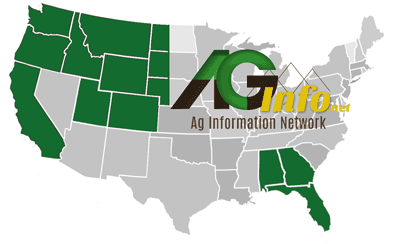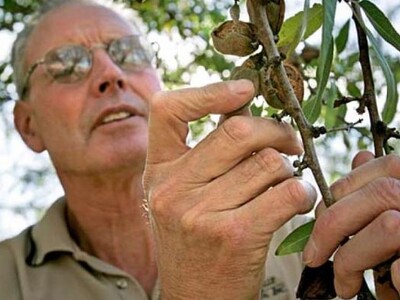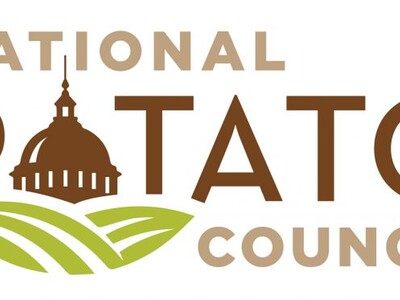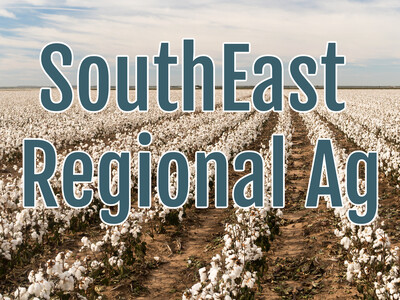3-4 IAN Corn Input
New report finds significant changes must occur in inputs and production techniques in order to increase plant populations. Increasing plant population density will be critical to growing yields in U.S. corn production, but increasing this density will be dependent on the economics farmers face as they seek to increase yields, according to a new report released by researchers at the Rabobank International Food & Agribusiness Research and Advisory group. The report, titled “Crowding The Fields,” finds it likely we’ll see one to two years of stagnant plant population growth due to high input costs and dry soils in the U.S.
“Crowding The Fields,” finds the key areas where future problems are becoming measurable in more dense plant populations and include: a lack of adequate precision in planting equipment, fertilization practices which can encourage non-uniform plant growth, and insufficient spacing for root systems to develop. Each of these factors alone present serious challenges to long term growth in the corn yield curve and taken together, are capable of severely restricting yield growth potential over the long term.
The report finds a shift toward spring nitrogen application will create additional demand for urea. Specialty fertilizers, particularly nitrogen extenders, are likely to see increased demand as farmers attempt to make nutrients more available throughout the growing season. In addition, decreased plant-to-plant spacing will necessitate increased precision in planting equipment














